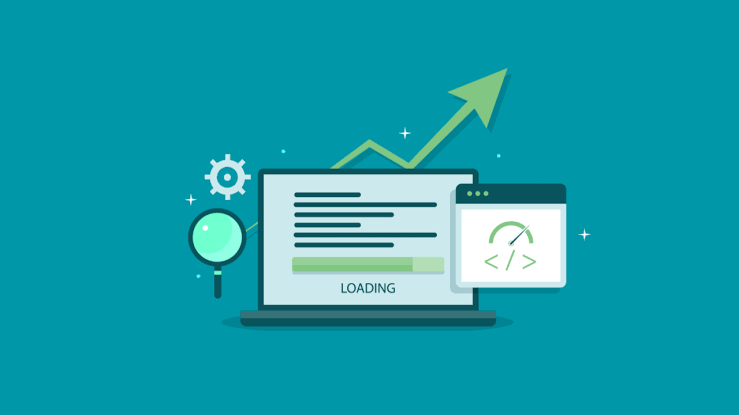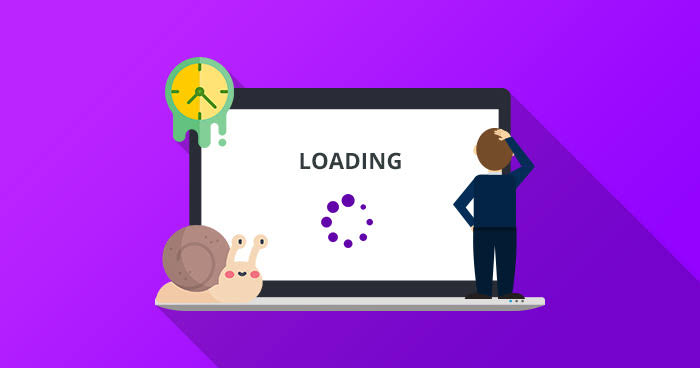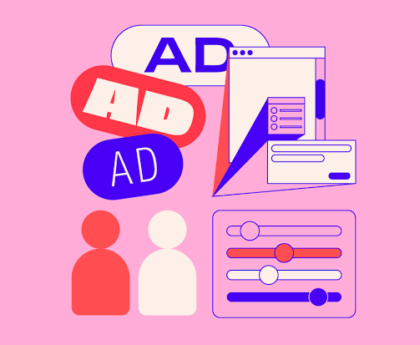
Your Website Load Speed Is A Game Changer—Make It Faster Today!
Website load speed, user retention, and site performance go hand-in-hand. Learn how to boost retention and reduce bounce rates with website load speed.
Table of Contents
- The Unseen Force Behind User Retention: The Power of Website Load Speed
- What is Website Load Speed and Why It Matters
- Website Load Speed vs. User Retention: The Unseen Tug of War
- Key Metrics to Track Your Site’s Speed Performance
- How to Improve Website Load Speed
- Speed Up or Lose Out!
The Unseen Force Behind User Retention: The Power Of Website Load Speed

Imagine a user landing on your beautifully designed website… and leaving in 3 seconds because it didn’t load. Harsh, right? That’s the brutal reality of digital behaviour today. Brilliant brands lose traffic, leads, and loyal customers—not due to content or aesthetics—but due to slow website load speed.
In a mobile-first world, attention spans are shrinking, and expectations are rising. Website load speed isn’t just a technical metric—it’s a branding asset, a conversion driver, and a silent killer if ignored. From SEO rankings to user experience and retention, every digital success metric ties back to how fast your site loads.
What Is Website Load Speed And Why It Matters
Website load speed is the time it takes for a web page to fully display its content after a user clicks or navigates to it. The ideal range? Under 3 seconds. Anything more, and you’re bleeding visitors.
Let’s look at how it affects your brand:
- Site performance impacts search engine rankings directly.
- Page speed affects bounce rate—slower pages result in a higher chance of visitors leaving.
- It directly impacts user retention, especially for mobile users and e-commerce shoppers.
According to Google, even a 1-second delay in website load speed can lead to a 7% reduction in conversions. That’s massive when scaled.
Website Load Speed Vs. User Retention: The Unseen Tug Of War
Today’s digital consumer has choices, and they’re quick to move. There’s a direct and proven correlation between website load speed and user retention. When your site takes too long to load, you’re not just losing a view—you’re losing trust.
Why does it hurt retention?
- Users equate fast sites with professionalism.
- Slow load times create frustration and lead to negative brand perception.
- Retention is key for email lists, e-commerce loyalty, and long-term engagement.
Improve website performance for better UX and you instantly boost the chances of retaining users.
Key Metrics To Track Your Site’s Speed Performance
Speed isn’t just subjective—it’s measurable. Here are essential tools and KPIs:
- Google PageSpeed Insights: Gives actionable data to improve website load speed.
- Time to First Byte (TTFB): How long it takes your server to respond.
- First Contentful Paint (FCP): When users see the first visual response.
- Total Blocking Time: Tells you how much time is being wasted during page load.
Regularly tracking these will help ensure your site performance stays optimal and user-focused.
How To Improve Website Load Speed
Don’t worry—we’re not leaving you hanging. Here are top tips to get that speed up:
- Compress images and use next-gen formats like WebP.
- Use lazy loading to defer off-screen content.
- Minimize code: HTML, CSS, and JavaScript should be compressed.
- Opt for high-speed hosting services and use CDNs.
- Reduce redirects and server response time.
Want to reduce bounce rate with faster site speed? This is how you start. It’s not about huge budgets—it’s about smart optimisation.
Also, why website speed matters for SEO and retention is because Google now uses speed as a core ranking factor. You’re not just pleasing humans—you’re pleasing algorithms too.
Conclusion: Speed Up Or Lose Out!
In the high-stakes arena of online engagement, website load speed is your unseen warrior. It works silently in the background but has massive visible impact—from rankings to user retention, from conversions to loyalty.
You could have the most compelling content or the best product in the world, but if your site drags, your users will bounce—and your competitors will win.
It’s time to audit, analyse, and optimise loading time to retain visitors.





